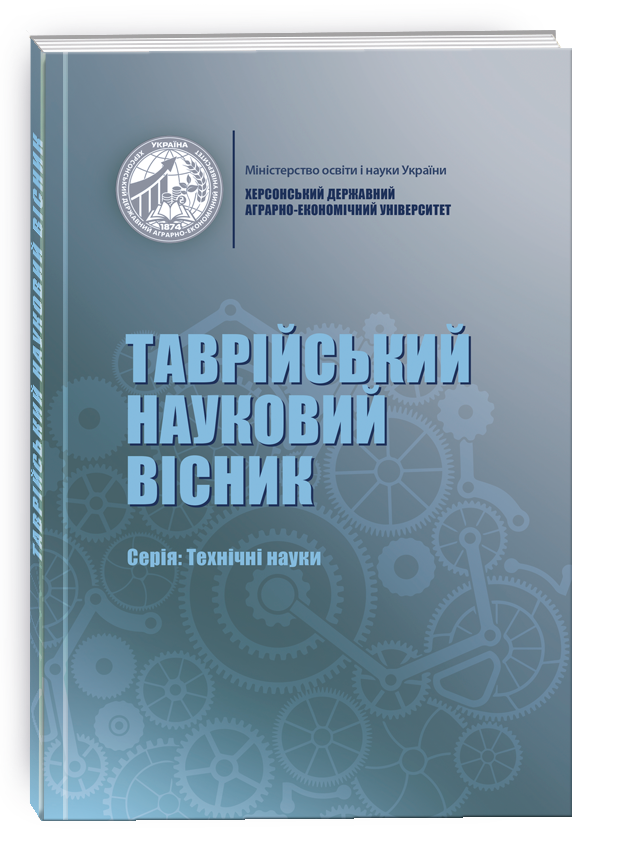TRADE ANALYSIS OF FUNCTIONAL PELMENI
DOI:
https://doi.org/10.32851/tnv-tech.2021.1.5Keywords:
semi-finished products, spinach, dumplings, chemical composition, prototypes, functional productsAbstract
The purpose of the work is the scientific substantiation and development of new semi-finished products for functional purposes and their range in order to form a healthy diet. For the examination of functional pelmeni, Kherson traditional pelmeni were made according to the traditional recipe (control) and pelmeni with the addition of 7% spinach powder (experiment). Of the nutrients needed to meet the vital needs of man, the most valuable is protein. Very promising combined protein systems, with priority given to meat and vegetables. The combination of animal and plant ingredients allows them to complement each other with missing biologically active substances and to be the basis for providing specialized and therapeutic nutrition. When analyzing the chemical composition of control and experimental samples, it was found that the amount of protein per 100 g of test product decreased by 2.5%, the amount of fat decreased by 5.6%, the amount of carbohydrates increased by 8.9%. This increase was due to the addition of dietary fiber contained in spinach powder, while the caloric content of the product decreased by 6.2% compared to the control. Organoleptic evaluation showed that the addition of spinach powder improves the properties of the finished product at all points studied. Organoleptic characteristics and nutritional value are among the determining factors in the formation of the quality of dumplings. That is why the highest weights were chosen for these indicators – 0.35 and 0.25. Physico-chemical parameters and energy value also have a certain influence on the complex quality indicator, so the weights for them are 0.15. Safety indicators have a minimal effect on the quality of new products, as our research has established the minimum amount of microorganisms and toxic elements in the studied samples of dumplings
References
Антипова Л.В. Жеребцов H.A. Биохимия мяса и мясных продуктов. Воронеж : ВГУ, 2014. 184 с.
Дубовик Є.В., Ржеусская М.І. Товарознавство та експертиза м’ясних товарів. Мінськ : БГЕУ, 2016. 145 с.
Кандалей О.В. Технологія м’ясних кулінарних виробів функціонального призначення з використанням фукусів: автореф. дис. на здобуття наук. ступеня к. тех. наук : 05.18.16. Київ, 2007.22 с.
Кобець О.С. Удосконалення технології бісквітних напівфабрикатів оздоровчого призначення : автореф. дис. на здобуття наук. ступеня к. тех. наук: 05.18.16. Київ, 2018. 24 с.
Новікова Н.В., Камєнєва Р.С. Технологічні підходи у підвищення харчової та біологічної цінності вафельних тортів. Традиційні та інноваційні підходи до наукових досліджень. 2020. № 1. С. 114–115.
Плахотин В.Я. Контроль качества пищевых продуктов. Киев : Урожай, 2016. 141 с.







